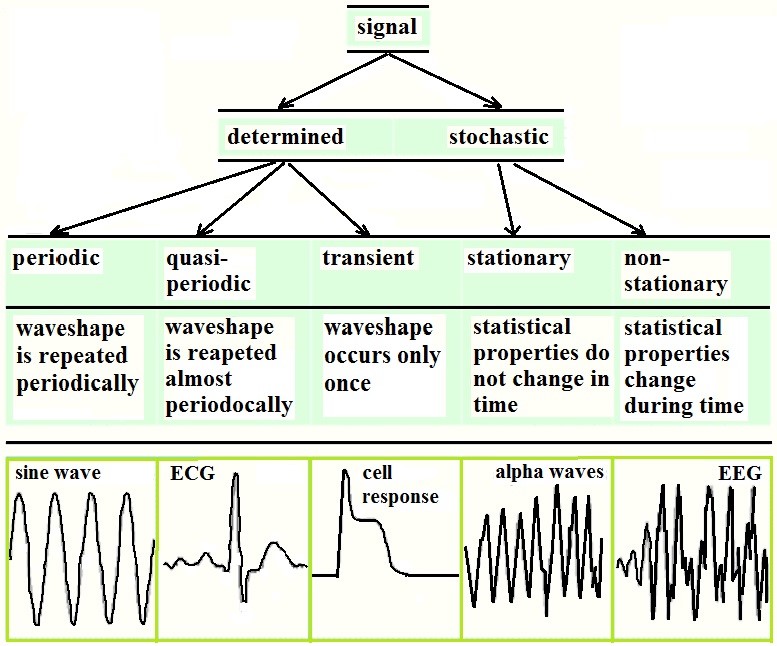A GI Proposal to Display ECG Digital Signals Wirelessly Real-time Transmitted onto a Remote PC
Keywords:
GI, real-time ECG, wireless-transmission, ZigBee, MATLABAbstract
The sensors, as wireless communication system, comply the 7-layer model Open Systems Interconnection (OSI). In this paper, a point-to-point transmission model was used. The ECG signal is transmitted from the Router Sensor (RS) to an end Coordinator Node (CN) plugged-in to the laptop via USB port; RS acquires ECG signal in analogical mode, and is also responsible with sampling, quantization and sending it wirelessly direct to CN. The distance between RS and CN is a single-hop transmission, and does not exceed the range of the XBeeS2Pro transceivers. The communication protocol is ZigBee. Remote viewing of the transmitted signal is performed on a Graphical Interface (GI) written under MATLAB, after the signal has been digitized; the choice of MATLAB was motivated by future developments. Particular aspects will be highlighted, so that the reader to be edified about the results obtained during laboratory experiments. Recording demonstrate that the purpose exposed in title has been reached: Direct link in Real-Time was established, and the digital ECG signal received is reconstituted accurately on MATLAB GI; signal received on laptop is compared with the analog signal displayed on oscilloscope.
References
G. Antoniol, R. Fiutem, E. Merlo, and P. Tonella, “Application and user interface migration from BASIC to Visual C++,” Proc. 11th International Conference on Software Maintenance, 1995, pp. 76-85.
A. Kull, “Automatic GUI model generation: state of the art,” Proc. IEEE 23rd International Symp. Software Reliability Engineering Workshops, November 2012, pp. 207-212.
E. Kaniusas, “Biomedical signals and sensors I,” Chp. 1 Biological and Medical Physics, Biomedical Engineering, Berlin: Springer-Verlag, 2012.
H. Kayyali, S. Weimer, C. Frederick, C. Martin, D. Basa, J. Juguilon, and F. Jugilioni, “Remotely attended home monitoring of sleep disorders,” Telemedicine and e-Health, vol. 14, no. 4, pp. 371-374, May 2008.
“EDF-European Data Format,” http://www.edfplus.info/.
B. Kemp and J. Olivan, “European data format “plus” (EDF+), an EDF alike standard format for the exchange of physiological data,” Clinical Neurophysiology, vol. 114, no. 9, pp. 1755-1761, September 2003.
G. B. Moody, R. G. Mark, and A. L. Goldberger, “PhysioNet: a Web-based resource for the study of physiologic signals,” IEEE Engineering in Medicine and Biology Magazine, vol. 20, no. 3, pp. 70-75, May 2002.
“PhysioNet - the research resource for complex physiologic signals,” http://www.physionet.org/.
N. Kumar, N. Lolla, E. Keogh, S. Lonardi, and C. A. Ratanamahatana. “Time-series bitmaps: a practical visualization tool for working with large time series databases,” Proc. of SIAM International Conference on Data Mining, April 2005, pp. 531-535.
“Warning: unsuccessful read: matching failure in format,” http://stackoverflow.com/questions/35671418/warning-unsuccessful-read-matching-failure-in-format, February 29, 2016.
M. A. Hopcroft, “serialDataStream,” https://www.mathworks.com/matlabcentral/fileexchange/31958-serialdatastream/content/serialDataStream.m, March 20, 2012.
“XBee S2 Quick Reference Guide,” https://www.tunnelsup.com/xbee-guide/, November 30, 2012.

Published
How to Cite
Issue
Section
License
Submission of a manuscript implies: that the work described has not been published before that it is not under consideration for publication elsewhere; that if and when the manuscript is accepted for publication. Authors can retain copyright in their articles with no restrictions. is accepted for publication. Authors can retain copyright of their article with no restrictions.
Since Jan. 01, 2019, AITI will publish new articles with Creative Commons Attribution Non-Commercial License, under The Creative Commons Attribution Non-Commercial 4.0 International (CC BY-NC 4.0) License.
The Creative Commons Attribution Non-Commercial (CC-BY-NC) License permits use, distribution and reproduction in any medium, provided the original work is properly cited and is not used for commercial purposes.



